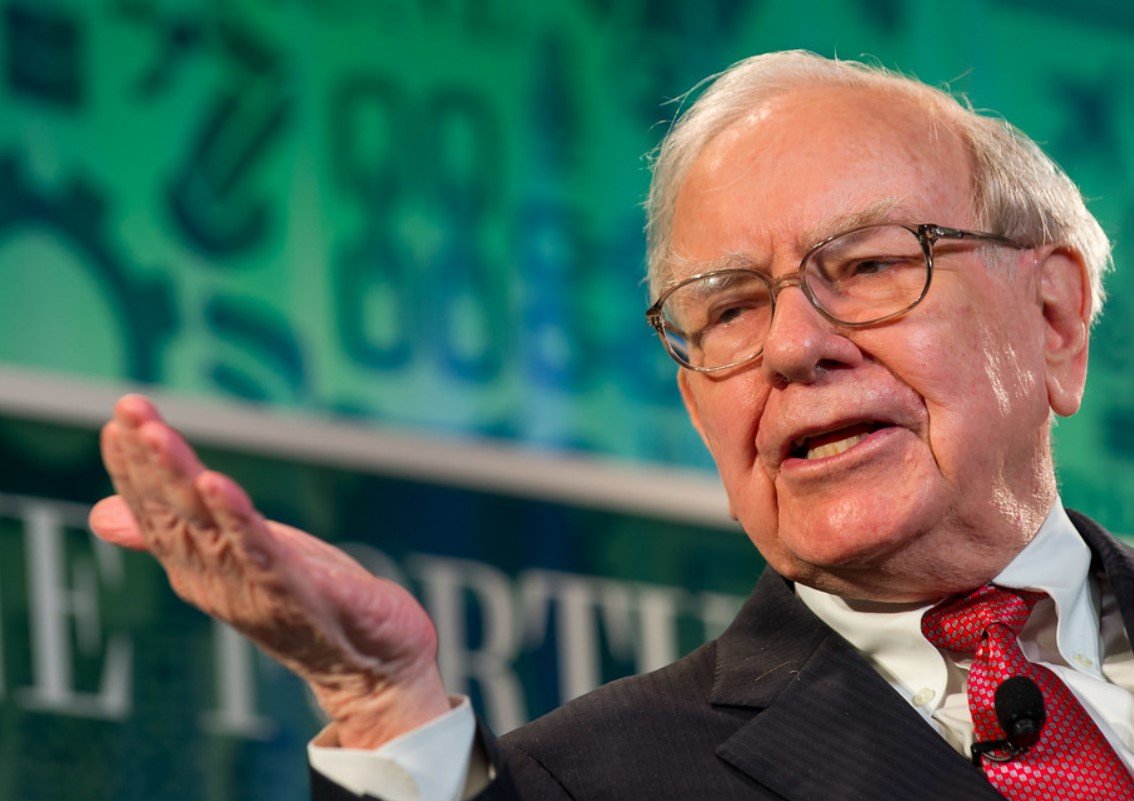Warren Buffett, the legendary investor and the CEO of Berkshire Hathaway, is widely regarded as one of the most successful and influential people in the world. But before he became the “Oracle of Omaha” and amassed a fortune of over $100 billion, he was a schoolboy with a passion for numbers and a knack for making money. In this article, we will explore the untold story of Warren Buffett’s journey from his childhood to his career, and how he developed his skills and strategies in business and investing.
The Early Signs of Buffett’s Entrepreneurial Spirit
Warren Buffett was born in Omaha, Nebraska, in 1930, during the Great Depression. He showed an interest in business and finance from an early age, and started his first venture when he was six years old. He bought packs of chewing gum from his grandfather’s grocery store, and sold them door-to-door to his neighbors, making a small profit. He also collected and sold used golf balls, bottles, and magazines, and delivered newspapers for various publications.
Buffett was fascinated by numbers and calculations, and enjoyed reading books and magazines about the stock market and investing. He also invented his own methods to generate income, such as installing pinball machines in barber shops, and creating a horse racing tip sheet. By the time he was 15, he had saved $2,000 from his various businesses, and bought a 40-acre farm in Nebraska, which he rented out to a tenant farmer.

The Education and Influence of Buffett’s Mentors
Warren Buffett was a bright and curious student, but he was not very interested in formal education. He attended the Wharton School of the University of Pennsylvania, but he felt bored and dissatisfied with the curriculum. He transferred to the University of Nebraska, where he graduated with a bachelor’s degree in business administration in three years. He then applied to Harvard Business School, but he was rejected for being too young.
Buffett decided to enroll in Columbia Business School, where he met his most influential mentor, Benjamin Graham, the father of value investing. Graham taught Buffett the principles and techniques of finding undervalued stocks and companies, and investing in them for the long term. Buffett also learned from another professor, David Dodd, who co-authored the book “Security Analysis” with Graham. Buffett was so impressed by Graham and Dodd that he offered to work for them for free, but they declined.
Buffett graduated from Columbia with a master’s degree in economics in 1951, and started working as a securities analyst for Graham’s investment firm, Graham-Newman Corporation. He also became friends with another employee, Walter Schloss, who later became a successful value investor. Buffett learned a lot from Graham and Schloss, and adopted their philosophy and style of investing.
The Formation and Success of Buffett’s Partnerships
Warren Buffett left Graham-Newman in 1956, and returned to Omaha, where he started his own investment partnership, Buffett Associates, Ltd. He invited his family and friends to invest in his partnership, and promised them a 6% annual return, plus a 25% share of the profits above that. He also invested his own money in the partnership, and charged no management fee. He followed Graham’s approach of buying cheap and unpopular stocks, and holding them for the long term.
Buffett’s partnership performed exceptionally well, and he soon started several other partnerships, such as Buffett Fund, Dacee, Emdee, Glenoff, and Mo-Buff. He eventually merged all his partnerships into one entity, Buffett Partnership Ltd., in 1962. He also moved his office from Omaha to New York, where he had more access to information and opportunities. He expanded his portfolio to include more diverse and complex investments, such as arbitrage, mergers, and acquisitions.
Buffett’s partnership delivered remarkable returns, averaging 29.5% annually from 1957 to 1968, compared to 7.4% for the Dow Jones Industrial Average. He also increased his personal wealth from $174,000 to $25 million in the same period. He became known as a savvy and successful investor, and attracted more investors and capital to his partnership.
The Acquisition and Transformation of Berkshire Hathaway
Warren Buffett made one of his most important and influential investments in 1962, when he bought shares of a struggling textile company, Berkshire Hathaway. He initially intended to sell the shares at a higher price, but he changed his mind when he realized that the company had a lot of cash and assets that were undervalued by the market. He also had a personal feud with the management, who tried to cheat him out of a fraction of a cent per share. He decided to buy more shares and take control of the company, and eventually fired the management.
Buffett used Berkshire Hathaway as a holding company, and started buying shares of other companies that he liked, such as American Express, Coca-Cola, GEICO, and The Washington Post. He also diversified into other industries, such as insurance, utilities, railroads, and consumer goods. He gradually phased out the textile business, and focused on the more profitable and stable businesses. He also wrote annual letters to the shareholders of Berkshire Hathaway, where he explained his investment philosophy and strategy, and shared his insights and wisdom on business and finance.
Buffett turned Berkshire Hathaway into one of the most successful and respected companies in the world, and increased its share price from $19 in 1965 to over $400,000 in 2021. He also increased his own net worth from $25 million in 1968 to over $100 billion in 2021, making him one of the richest and most influential people in the world. He became known as the “Oracle of Omaha” and the “Sage of Investing”, and inspired millions of people with his vision and values.



















